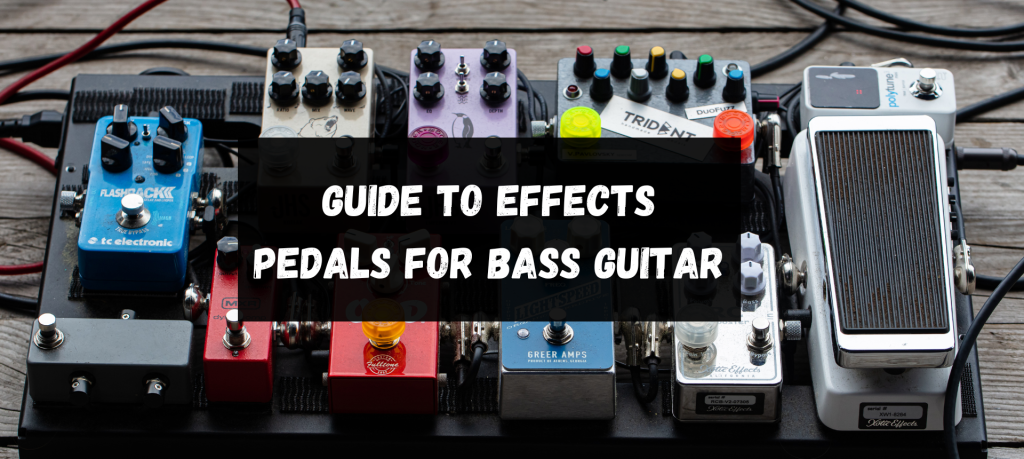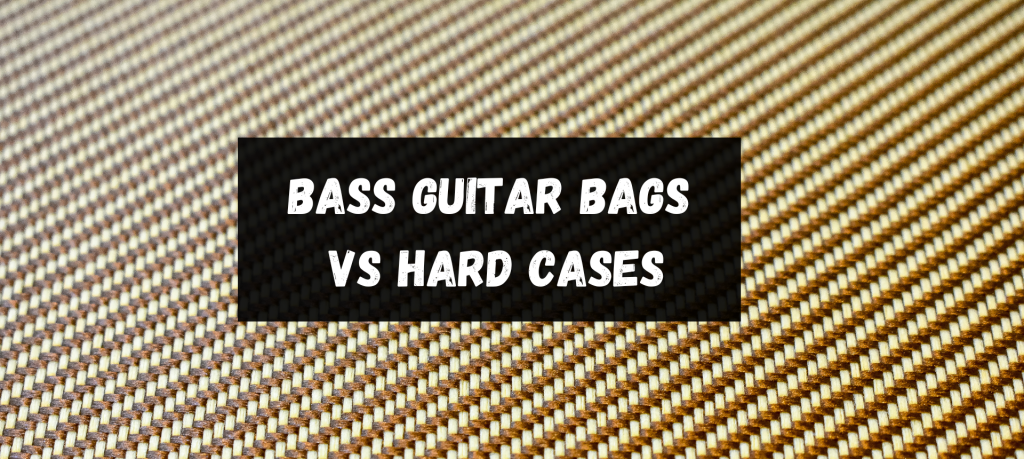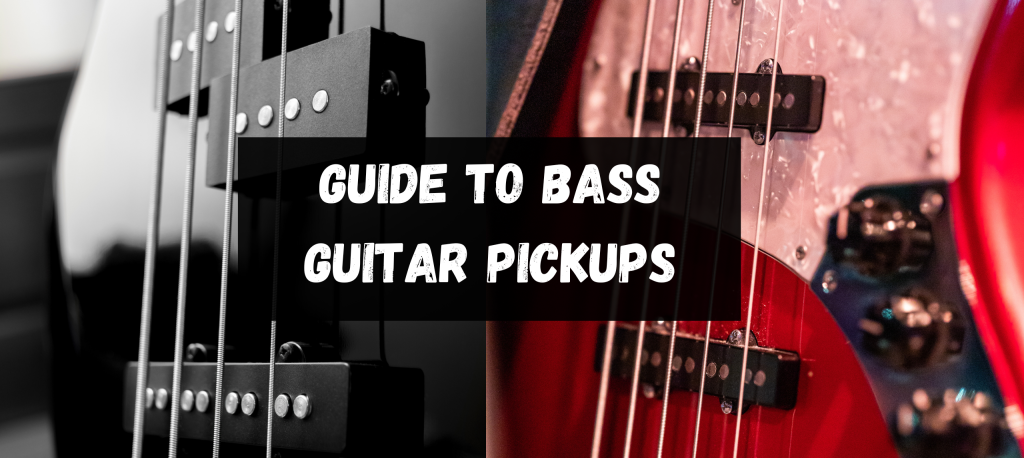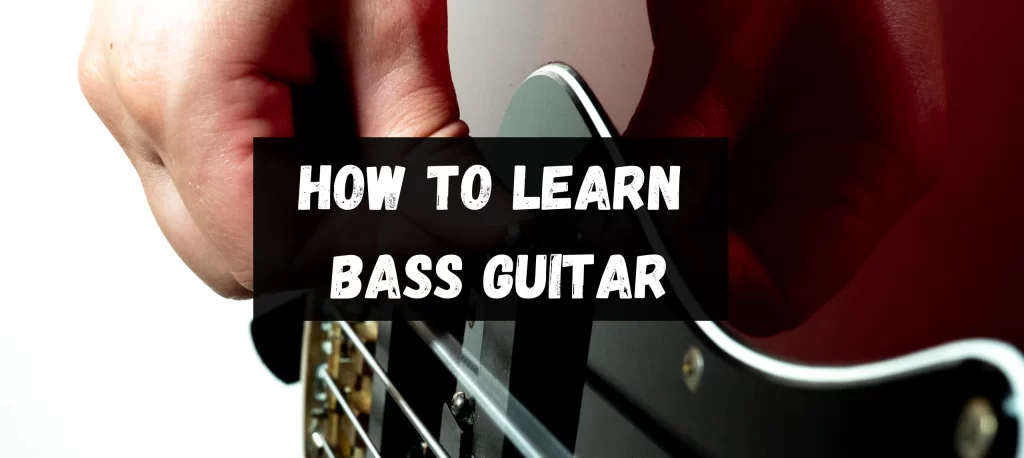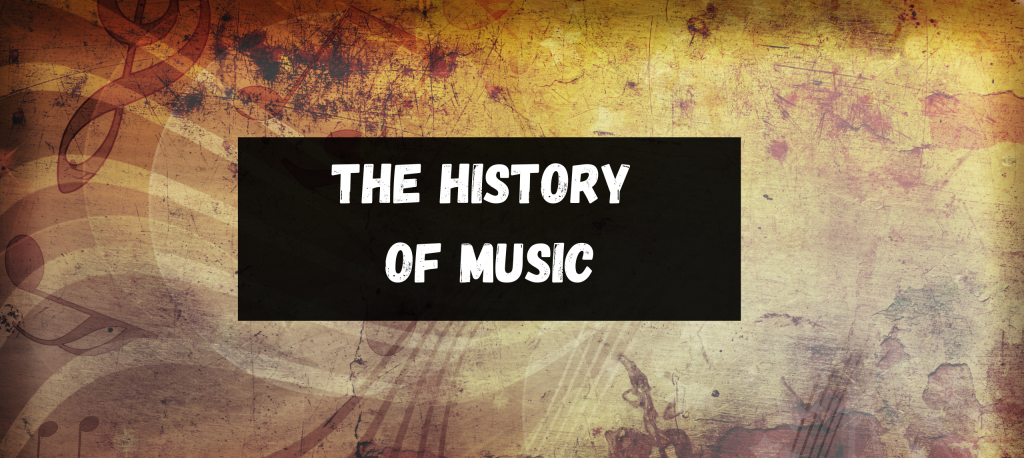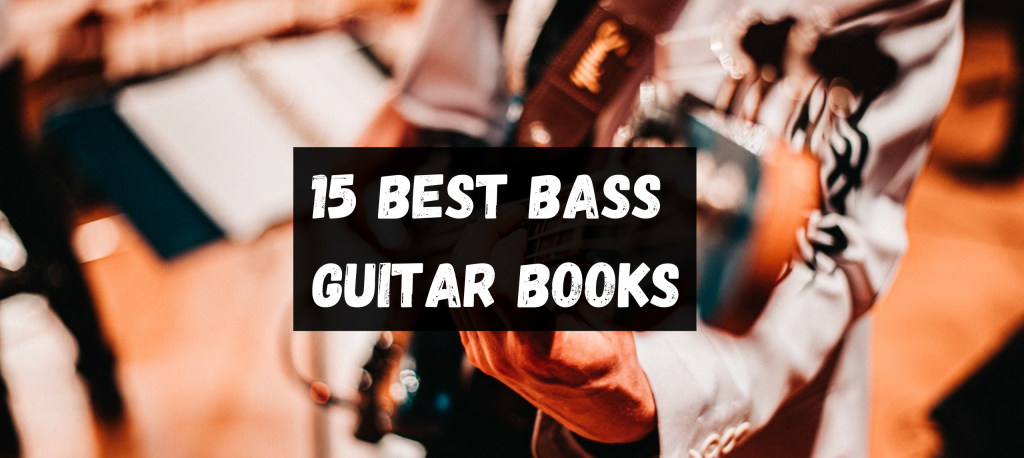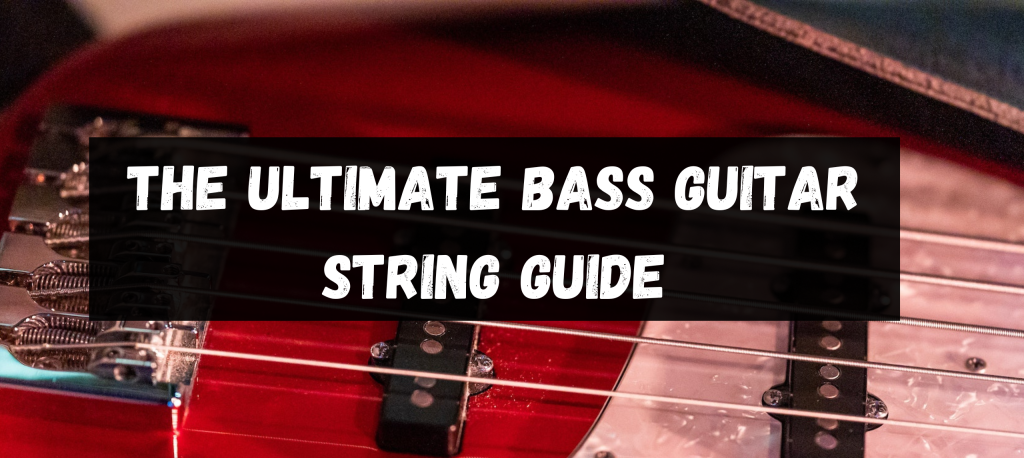August 28, 2023
Howard
Punk music is a rebellious genre that emerged in the mid-1970s, characterised by its raw sound, simple chord structures, and often politically charged lyrics. Originating from the UK and the US, a counter-cultural movement challenged the mainstream music scene. With its DIY ethos, punk encouraged individuals to create their music and gave voice to dissatisfaction and unrest within the youth of the time.
Delving into its origins and evolution, this genre’s story is as riveting as its beats. With a rich tapestry of sonic pioneers and groundbreaking tracks, this exploration promises insights and anecdotes that no music lover should pass by. Join us as we journey through the echoing corridors of punk’s illustrious history.
Introduction to Punk Music
Definition and Core Concepts
Punk music, often simply termed ‘punk’, emerged in the mid-1970s as a raw, rebellious counter to the more polished mainstream rock of the era. Defined by its fast tempos, short durations, and deliberate embrace of a DIY ethos, punk stood as an antithesis to the perceived excesses of the music industry. It wasn’t just about the sound; it was a statement, an attitude – a clarion call for authenticity over artifice.
The Cultural Phenomenon of Punk
More than just a genre, punk became a cultural movement. From fashion to art and politics, the punk ethos was everywhere. The iconic mohawk hairstyles, ripped jeans, and safety pins symbolised a generation that wished to defy convention and challenge the establishment. Punk venues, often small and underground, became safe havens for youths to express their disillusionment with society while cultivating a sense of community and shared rebellion.
Brief Overview of History and Influence
- Origins in the 1960s: Punk’s initial roots can be traced back to the garage bands of the 1960s.
- Mid-70s Emergence: The genre blossomed in the mid-1970s, primarily in the gritty clubs of New York and London.
- Key Bands: The Ramones, Sex Pistols, and The Clash were among the pioneering acts that defined punk’s early sound and attitude.
- Cultural Impact: Beyond music, punk-influenced fashion, art, and politics, championing an ethos of rebellion and authenticity.
- Enduring Legacy: While the initial punk movement was somewhat short-lived, its influence led to many subgenres and inspired contemporary artists and musicians.

The Origins of Punk Rock
The Birthplace of Punk Rock
The genesis of punk rock is often debated amongst fans, but there’s no denying its dual heritage. Emerging almost simultaneously on both sides of the Atlantic, the late 1960s and early 1970s saw a growing discontent with the status quo in music. Disillusioned by the overproduced sounds of the era, a new generation sought to strip the piece back to its bare essentials: raw, unfiltered, and uncompromising.
US vs. UK Punk Scene: A Comparative Insight
- Origins:
- US: Emerged in venues like New York’s CBGB club.
- UK: Took root in places such as The Roxy in London.
- Musical Characteristics:
- US: Often grittier with a more experimental sound; bands like Television and The Ramones.
- UK: More melodic at times, with a strong emphasis on political and societal messages; think Sex Pistols and The Clash.
- Themes & Lyrics:
- US: More introspective, delving into personal experiences and challenging musical boundaries.
- UK: Extrospective and politically charged, addressing societal issues like unemployment, class, and the monarchy.
- Fashion & Aesthetics:
- US: Raw, minimalistic, with bands often donning leather jackets, jeans, and band t-shirts.
- UK: More flashy at times, with punk rockers sporting brightly coloured mohawks, piercings, and DIY fashion with safety pins.
- Legacy & Influence:
- US: Laid groundwork for genres like alternative rock and indie.
- UK: Set the tone for subsequent punk waves and had a more direct influence on post-punk and new wave sounds.
- Key Bands & Figures:
- US: The Ramones, Patti Smith, Television, Talking Heads.
- UK: Sex Pistols, The Clash, Buzzcocks, The Damned.
Key Figures and Movements in Early Punk
Key Figures:
- Johnny Rotten (John Lydon): Lead vocalist for the Sex Pistols, he became a symbol for the UK punk movement with his distinct voice and rebellious image.
- Joe Strummer: Frontman of The Clash, he used the platform to discuss political issues and societal challenges, making punk a movement, not just a genre.
- Patti Smith: An iconic figure in the US punk scene, her poetic approach to punk rock opened the doors for more experimental punk sounds.
- Joey Ramone: Lead vocalist for The Ramones, he and his bandmates pioneered the rapid-fire punk sound that would influence countless bands.
- Debbie Harry: As the lead singer of Blondie, she brought a blend of punk rock and new wave, showcasing the genre’s versatility.
- Iggy Pop: Often referred to as the “Godfather of Punk”, his raw energy and unapologetic stage presence with The Stooges laid foundational punk aesthetics.
Movements:
- DIY Ethos: the DIY (Do It Yourself) ethic was central to the punk movement, where bands would self-produce and distribute records independently. This ethos was about taking control and rejecting major record label influences.
- Punk Fashion: Spearheaded by figures like Vivienne Westwood and Malcolm McLaren in the UK, the punk fashion scene embraced ripped clothes, safety pins, leather jackets, and mohawks as symbols of rebellion.
- Straight Edge: Initiated in the US, this movement within punk was about abstaining from alcohol, drugs, and, often, animal products. Bands like Minor Threat championed this lifestyle, going against the typical “rock and roll” lifestyle.
- Anarcho-Punk: Originating from the UK, this movement combined punk music with anarchist views. Bands like Crass and Dead Kennedys pushed for political change through their music.
- Punk Fanzines: Before the digital age, fanzines were a primary way for punk communities to communicate and share music, events, and ideas. It was a paper-and-ink manifestation of the DIY ethos.
- Riot Grrrl: While it came slightly later, it’s worth noting this feminist movement within punk rock. Originating in the early ’90s in the US, bands like Bikini Kill and Sleater-Kinney championed women’s rights and addressed issues like domestic abuse and patriarchy in their music.
The Sound and Aesthetics of Punk Rock
Musical Characteristics and Instrumentation:
The vibrant world of punk rock stands out prominently in the musical landscape for its signature sound and emotional energy. This energy emanates from its instrumental simplicity and the unwavering intensity of its vocals. While the musical structure might seem straightforward, the passionate delivery and messages convey make punk rock iconic.
- Instruments: The classic trio – electric guitar with a raw, distorted edge, pounding drums, and the bass guitar creating those recognisable throbbing lines.
- Vocals: Rather than focusing on the pitch, punk celebrates intensity, often manifesting as aggressive and shouty lyrics.
- Song Structure: Generally concise with many tracks not exceeding two minutes; follows a simple verse-chorus-verse progression with few instrumental breaks.
Lyrical Themes and Expression:
The spirit of rebellion is a defining aspect of punk rock’s lyrical content. This genre offers a powerful platform for artists to voice their discontentment, challenges, and opinions on everything from societal norms to deeply personal struggles. Its direct, no-nonsense style of lyrics ensures that messages are delivered undiluted and with purpose.
- Societal Commentary: Bands, especially from the UK, such as The Clash and Sex Pistols, tackled themes of government policies, societal challenges, and war.
- Personal Exploration: Lyrics also dive deep into individual territories, touching upon mental health topics, relationships, and urban life challenges.
- Straightforwardness: The directness is a signature — raw, unapologetic, and clear message devoid of extra embellishments.
The DIY Approach in Punk Culture:
The DIY or “do it yourself” philosophy is woven into the fabric of punk culture. Eschewing the traditional structures of the mainstream music industry, punk bands and artists often ventured out on their own, placing a strong emphasis on authenticity and community over commercialism.
- Independent Production: Many punk bands preferred to produce and distribute their music independently, sidestepping major record labels.
- Aesthetic: The DIY spirit extended to the visual aspect — handcrafted album covers, posters, apparel, fanzines, and even badges were commonplace.
- Performance Venues: Commercial venues often took a backseat in favour of more intimate spaces like basements or community centres, fostering a tight-knit community where fans and bands interacted closely.
A Guided Tour through Punk Rock Genres
Introduction to Various Subgenres:
While singular in its overarching ethos of rebellion and self-expression, the world of punk rock is a multifaceted realm teeming with various subgenres. Over time, these subgenres have branched out, each carving a distinct space and resonance in the musical world while preserving the authentic punk spirit.
Distinctive Features and Styles of Each Subgenre:
- Hardcore Punk: Originating in the late 1970s, this subgenre is distinguished by its intense pace, shorter and more aggressive tracks, and politically charged lyrics. Bands like Black Flag and Minor Threat are quintessential in this space.
- Pop Punk: Merging the rebellious spirit of punk with infectious pop melodies, pop punk offers a more accessible sound to wider audiences. Think of bands such as Blink-182, Green Day, and The Offspring.
- Anarcho-Punk: As the name suggests, this subgenre aligns closely with anarchist ideologies, addressing issues from animal rights to anti-war sentiments. Pioneers in this field include Crass and Dead Kennedys.
- Post-Punk: Emerging in the late ’70s, post-punk is characterised by its experimental soundscapes and a broader range of instruments. Bands like Joy Division and The Cure signify this subgenre’s gloomier, atmospheric sounds.
- Oi! and Street Punk: Rooted in working-class ethos, these subgenres are often overtly political, reflecting the sentiments of the streets and everyday struggles. Bands like Sham 69 and Cockney Rejects epitomise this raw, gritty sound.
Cross-Over with Other Musical Genres:
Punk’s influence has been wider than its immediate family of subgenres. Its infectious spirit and distinct sound have seeped into other genres, resulting in fascinating hybrids and inspirations.
- Punk Metal (or Crossover Thrash): A union of hardcore punk and thrash metal, bands like Suicidal Tendencies have championed this intense, blistering sound.
- Punk Blues: Merging punk rock’s ferocity with raw, bluesy riffs results in a genre that’s as soulful as it is rebellious. The Gun Club and The White Stripes are notable examples.
- Ska Punk: A vibrant blend of ska rhythms and the energy of punk rock, giving rise to bands such as The Specials and Operation Ivy. This fusion showcases how punk can effortlessly dance with more upbeat, rhythmic genres.
Noteworthy Punk Rock Bands and Artists
American Punk Acts:
The American punk scene, rooted in the underground music culture of the 1970s, burst forth as a vibrant response to societal norms, providing a raw, unfiltered backdrop against the more polished mainstream rock of that era.
Notable Bands:
- The Ramones: Often hailed as the pioneers, with their simple three-chord songs and “1,2,3,4” count in.
- Black Flag: Hardcore punk icons known for their intense energy.
- Dead Kennedys: A blend of satire and political commentary set against a backdrop of furious riffs.
UK Punk Acts:
While punk emerged around the same time in both the US and the UK, the British scene had its unique flair, more intertwined with politics and the youth’s frustration towards the establishment.
Leading Figures:
- Sex Pistols: With ‘Anarchy in the UK’, they became the face of the anti-establishment movement in punk.
- The Clash: Fusing punk with reggae, rockabilly, and ska, they addressed societal issues, making them one of the most influential bands of their time.
- Buzzcocks: Known for their catchy melodies and relatable themes of love and youth.
Profiles of Iconic Bands:
- Ramones: Hailing from Queens, New York, their leather jacket-clad image and stripped-down sound became symbolic of punk rock. Tracks like “Blitzkrieg Bop” remain anthems to this day.
- Sex Pistols: Their only studio album, “Never Mind the Bollocks, Here’s the Sex Pistols”, is regarded as one of punk rock’s most influential records. Controversial and confrontational, they encapsulated the spirit of British punk.
- The Clash: Known as “The Only Band That Matters”, their fusion of diverse genres and political lyrics set them apart. “London Calling”, both a song and an album, remains a timeless testament to their genius.
Emerging Artists and Their Influence:
As with any vibrant genre, punk rock continues to evolve, with new bands taking the mantle and interpreting the ethos uniquely.
Fresh Faces:
- Idles: This Bristol-based band is renowned for its aggressive sound and politically charged lyrics, reflecting modern-day angst.
- Slaves: A British duo that brings a raw, minimalist approach to punk, often commenting on the mundane facets of modern life.
- Fontaines D.C.: Dublin’s finest, their poetic lyrics and pulsating rhythms signify a bright future for punk rock.
While paying homage to their predecessors, these new bands are carving out their niche, ensuring that punk rock remains as relevant and revolutionary as ever.
Punk’s Legacy and Contemporary Scene
The End of Punk: Myth or Reality?
It’s often been argued that punk, in its most actual form, was a fleeting explosion, lasting merely a decade or so before fading into the annals of music history. However, such a view might be overly simplistic. While the unbridled fury of the 1970s punk scene waned, its essence never truly disappeared.
- Commercialisation: As with many rebellious movements, mainstream culture eventually embraced and commercialised punk, leading some to declare its demise.
- Persistence in Underground Scenes: Despite shifts in the mainstream, punk remained a potent force in underground and DIY scenes worldwide.
Modern Expressions of Punk Music:
Even decades later, punk’s influence remains unmistakable in the music industry. Newer bands carry the torch, embodying punk’s spirit, if not always its exact sound.
- Punk Revival: The late ’90s and early 2000s saw a resurgence with bands like Green Day and Blink-182 bringing a new flavour to punk rock.
- Global Expansion: From Japanese punk acts to Latin American scenes, punk rock has become a truly global phenomenon, adapting and evolving with each culture it touches.
You can see punks about today, just visit the famous bridge in Camden!
How Fusion Genres Keep Punk Alive and Relevant:
Punk’s rebellious ethos lends itself to fusion, merging with other genres to create fresh, innovative sounds that still carry its spirit of resistance.
- Punk and Rap: Genres like rap and hip-hop, with their roots in social commentary, often meld with punk to produce tracks brimming with defiance.
- Electro-Punk: The merging of punk rock with electronic music has led to a sound that’s both frenetic and modern, capturing a new generation of listeners.
- Folk-Punk: Combining the storytelling traditions of folk with the raw energy of punk, artists in this subgenre, like Frank Turner, express contemporary frustrations with a touch of nostalgia.
As we navigate through the diverse musical landscape of the 21st century, it becomes evident that punk, in its essence, is far from dead. It thrives, evolves, and continues to challenge the status quo, ensuring its legacy remains alive and kicking.
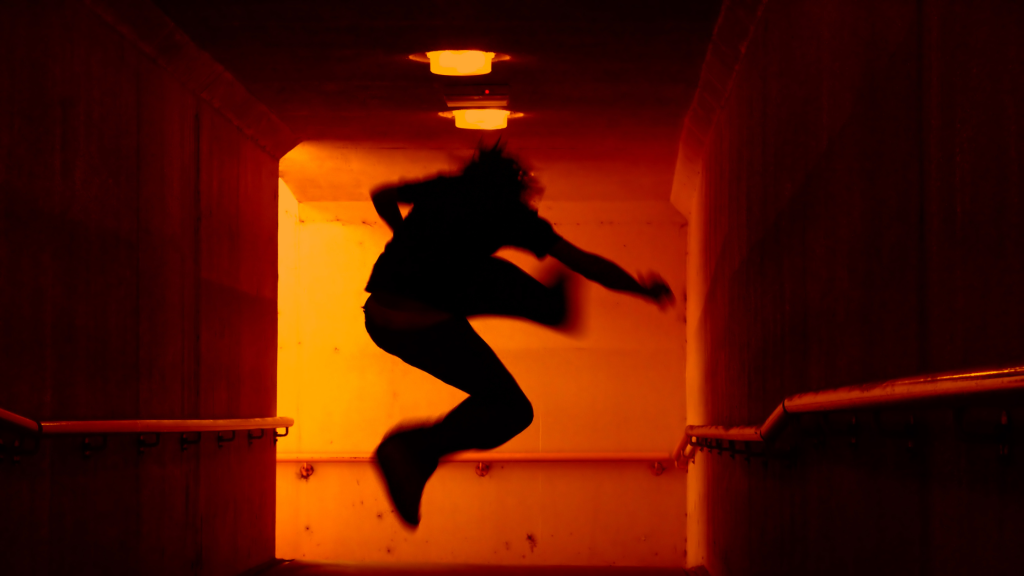
Reflections and Critiques
The Cultural and Social Impact of Punk Music:
In the wake of its explosive advent in the mid-1970s, punk swiftly became more than just a musical genre. It transformed into a cultural movement, challenging societal norms, confronting established institutions, and providing an outlet for youth disillusionment.
- A Voice for the Marginalised: Punk gave voice to the frustrations of young people feeling disenfranchised by society. It not only questioned authority but aggressively pushed against it.
- Fashion Revolution: Beyond the audio, punk made its mark visually, with iconic hairstyles, clothing, and even body modifications like piercings and tattoos becoming synonymous with the movement. Vivienne Westwood’s designs, for instance, played an instrumental role in shaping punk aesthetics.
- DIY Ethos and Social Change: This movement wasn’t merely about confrontation. Punk’s DIY spirit led to grassroots initiatives, self-publishing (‘zines), and local activism, leaving an indelible mark on society.
Praises, Criticisms, and Debates within the Punk Community:
Like any influential movement, punk was a magnet for acclaim and critique. Even within its ranks, the ideology and direction of punk have been subjects of intense debate.
- Championing Authenticity: Many lauded punk for its raw, unfiltered nature. Unlike the polished acts of the time, punk celebrated authenticity and directness, often prioritising passion over musical finesse.
- Accusations of Elitism: As the punk movement matured, allegations of ‘gatekeeping’ emerged. Questions arose about who decides what’s genuinely “punk” and what’s deemed a sell-out.
- Commercialisation and Mainstream Adoption: Purists often bemoaned the commercialisation of punk, especially as it found its way into mainstream culture, while others argued that this broader exposure was necessary for the genre’s evolution and survival.
Delving deep into these reflections and critiques offers a holistic understanding of punk. Recognising its imperfections and challenges makes its contributions to music and culture all the more noteworthy.
Conclusion
Summary of the Evolution and Characteristics of Punk:
From its rebellious inception in the gritty backstreets and underground clubs of the 1970s, punk has carved a niche for itself that’s both distinctive and defiant. With its unapologetic loudness, DIY ethos, and political undertones, this genre challenged the mainstream and reshaped the musical landscape, offering an alternative to the era’s more polished commercial sounds.
- Rise from the Underground: Punk’s roots in the UK and US Counterculture movements.
- Signature Sounds and Aesthetics: The rawness, aggression, and minimalist approach set punk apart.
- Cultural Disruption: How punk challenged societal norms, influencing fashion, art, and politics.
The Continual Influence and Adaptation of Punk Music:
Decades on, punk’s spirit refuses to be quietened. It has continuously evolved, adapting to the times and influencing a myriad of sub-genres, from grunge to pop-punk. Modern acts, whilst sonically distinct from their punk predecessors, still echo the genre’s core values of challenging the status quo and giving voice to the voiceless.
- Modern Incarnations: How punk’s essence is found in today’s diverse music scenes.
- Global Reach: Punk’s migration beyond the UK and the US resonates with audiences worldwide.
Final Insights on the Ever-Changing Nature of the Genre:
Punk is about evolution, disruption, and regeneration. While it’s raw sounds and subversive lyrics provided a soundtrack to a particular era, its spirit remains timeless. As society changes, so does punk, always ready to question, challenge, and, most importantly, inspire.
In wrapping up our journey through the lawless world of punk, it’s evident that its legacy is far from a mere historical footnote. Punk is alive, evolving, and reverberating through the corridors of music and culture.
Room for More?

Howard Head
I turn confused bass enthusiasts into bass gods through a simple and logical process.



